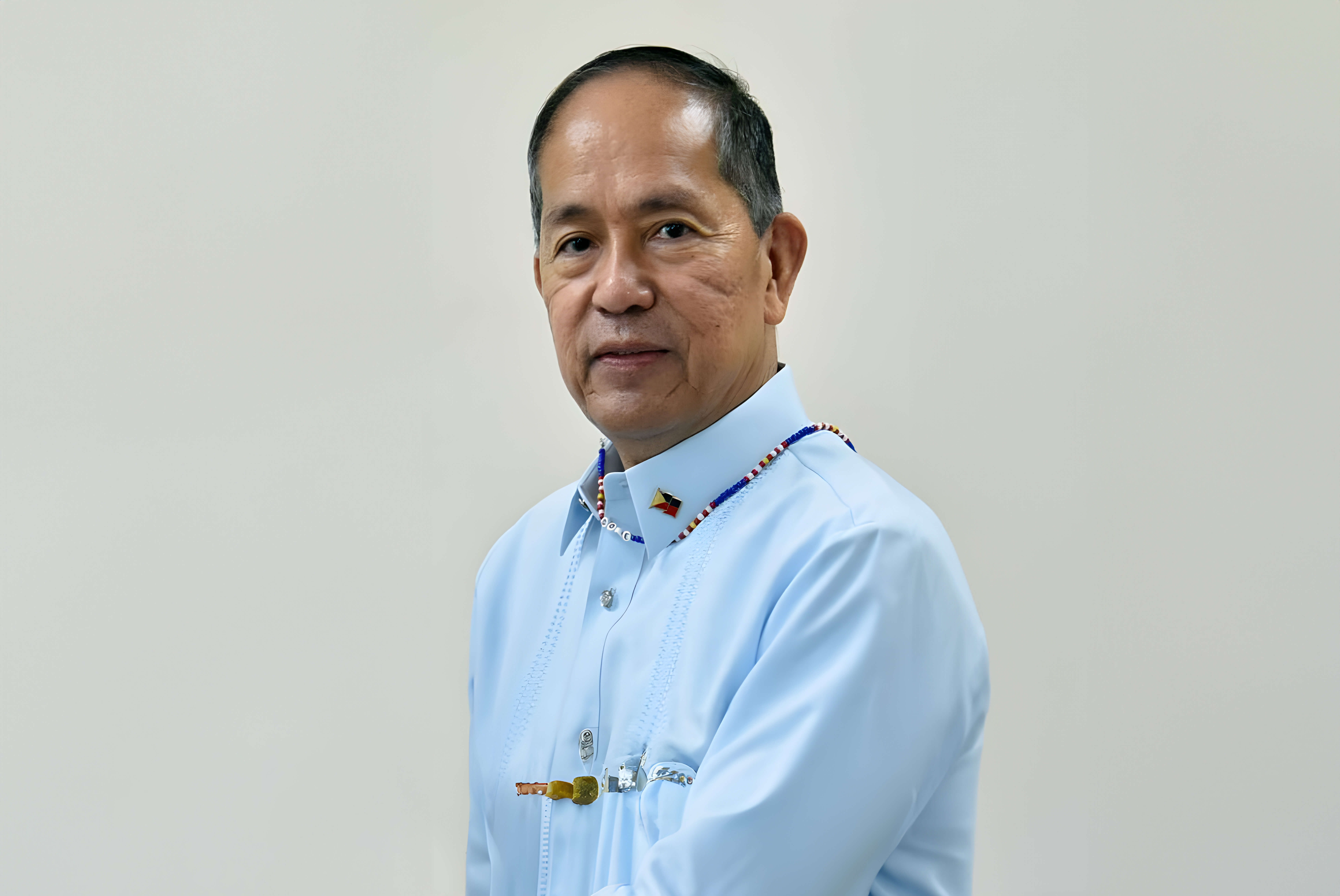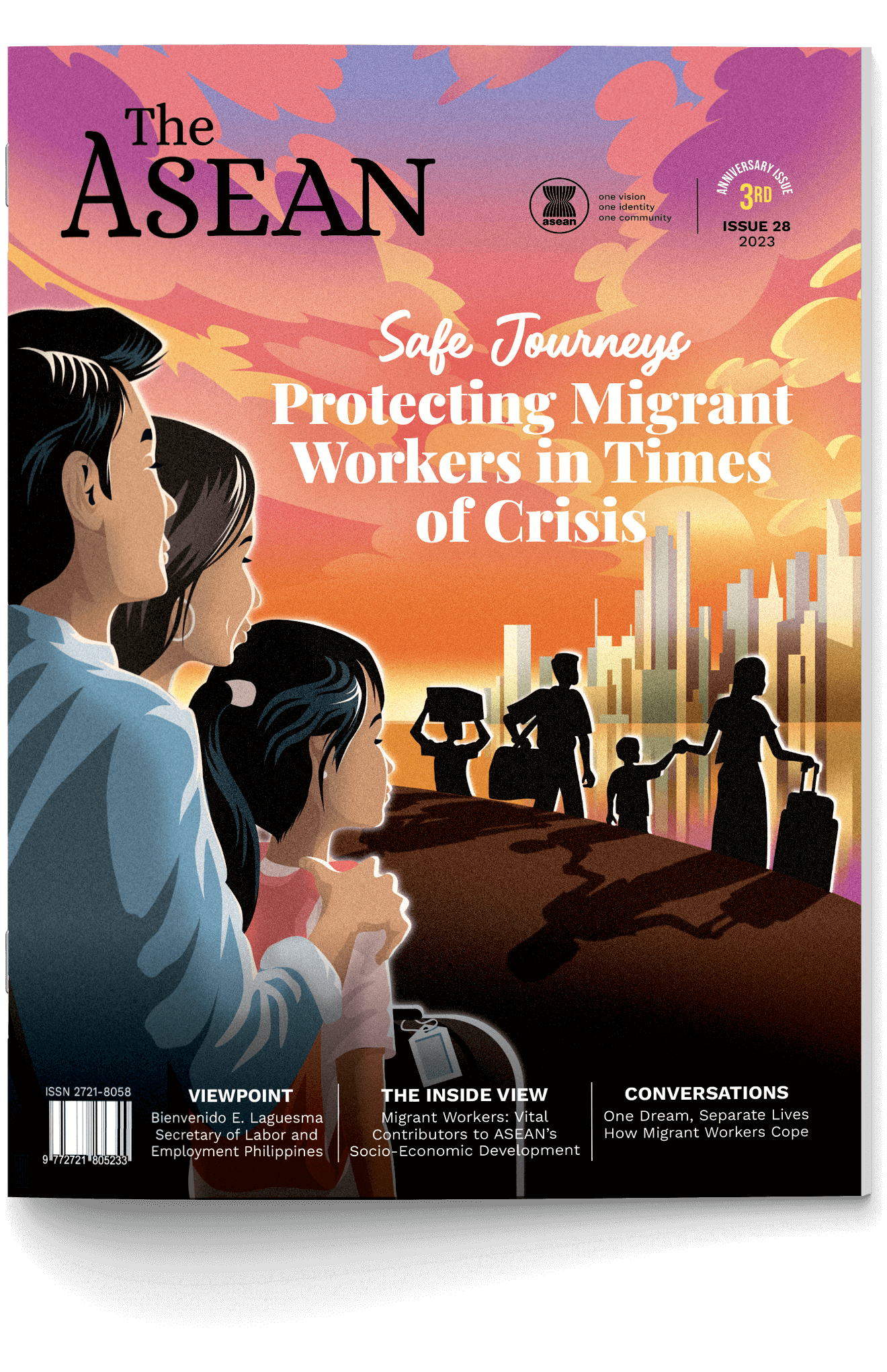
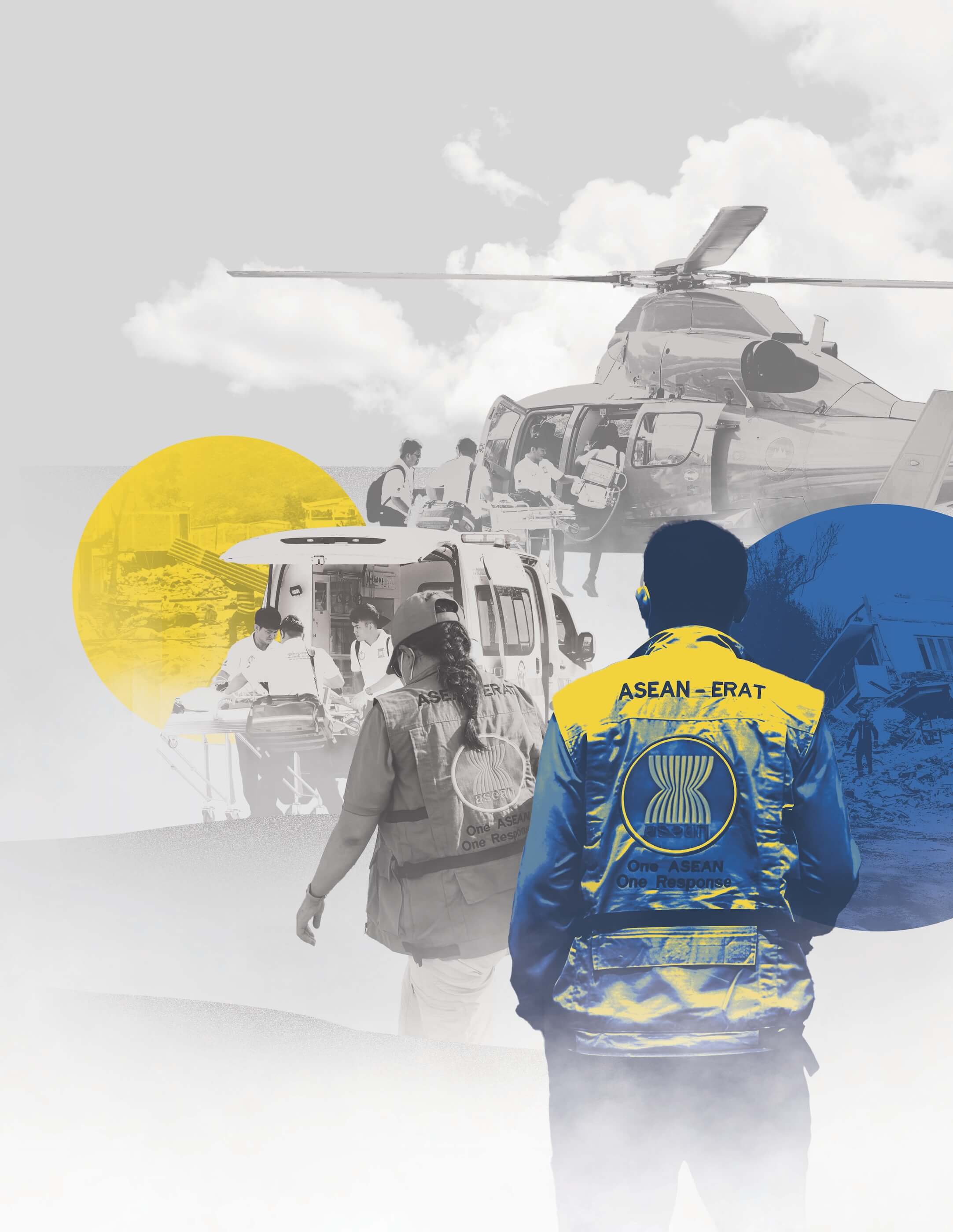
Subscribe to our newsletter:

Issue 28
June 2023
Safe Journeys
Protecting Migrant Workers in Times of Crisis
Download:
Inside this Edition
Themes
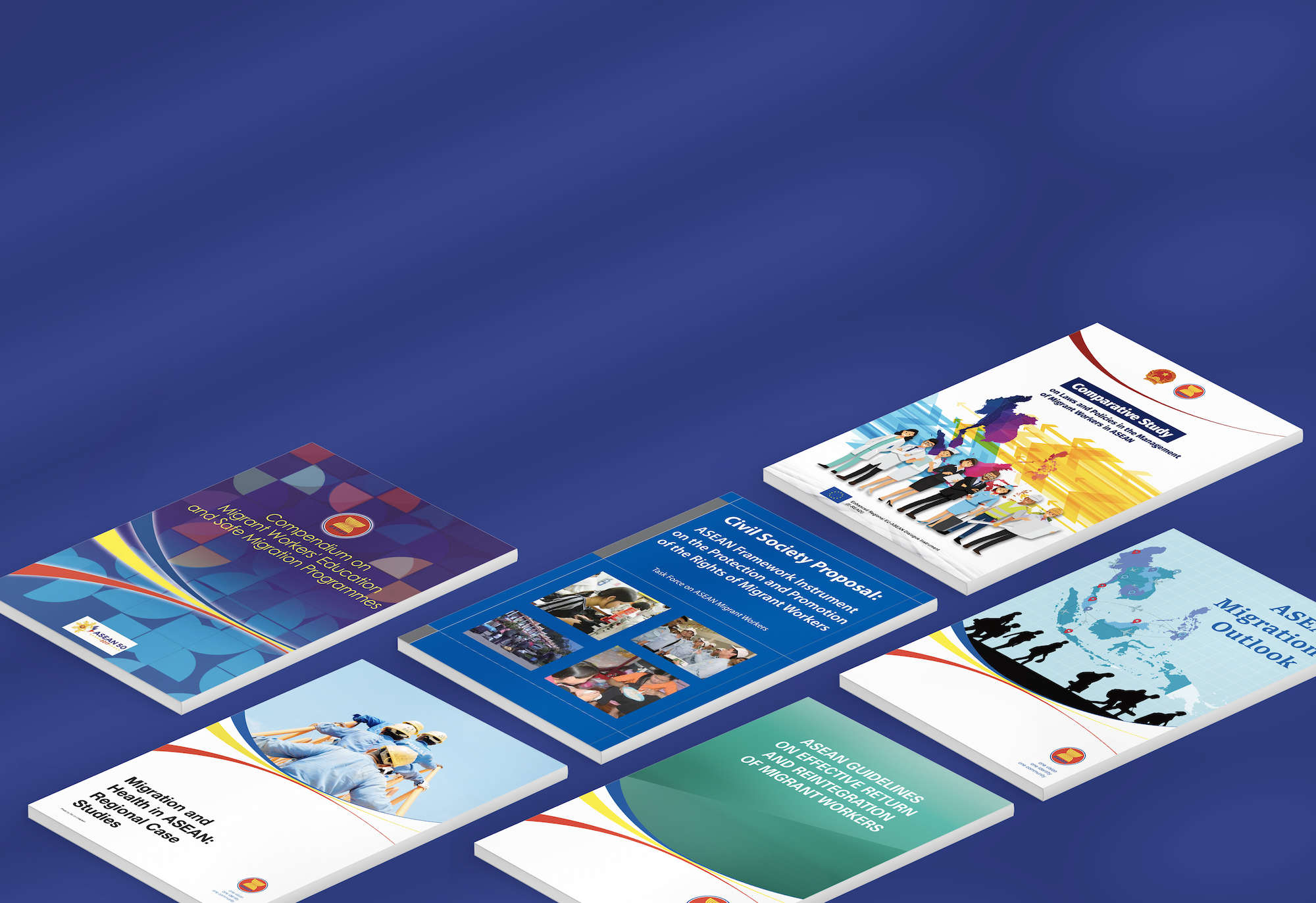
12 Jun 2023
Labour and Future of Work
Labour Migration Publications

28 Jun 2023
Labour and Future of Work
Migrant Workers: Vital Contributors to ASEAN’s Socio-Economic Development
With a market size of 2.3 trillion US dollars, ASEAN has solidified its position as the third-largest economy in Asia and the fifth-largest globally. Large-scale recruitment of migrant labour is integral to economic development and will increase even more as the region’s economies grow and contribute to global value chains (GVCs). Migrant workers are part of the 75 million workers in ASEAN who are employed in GVCs, accounting for more than 25 per cent of total employment in the region.
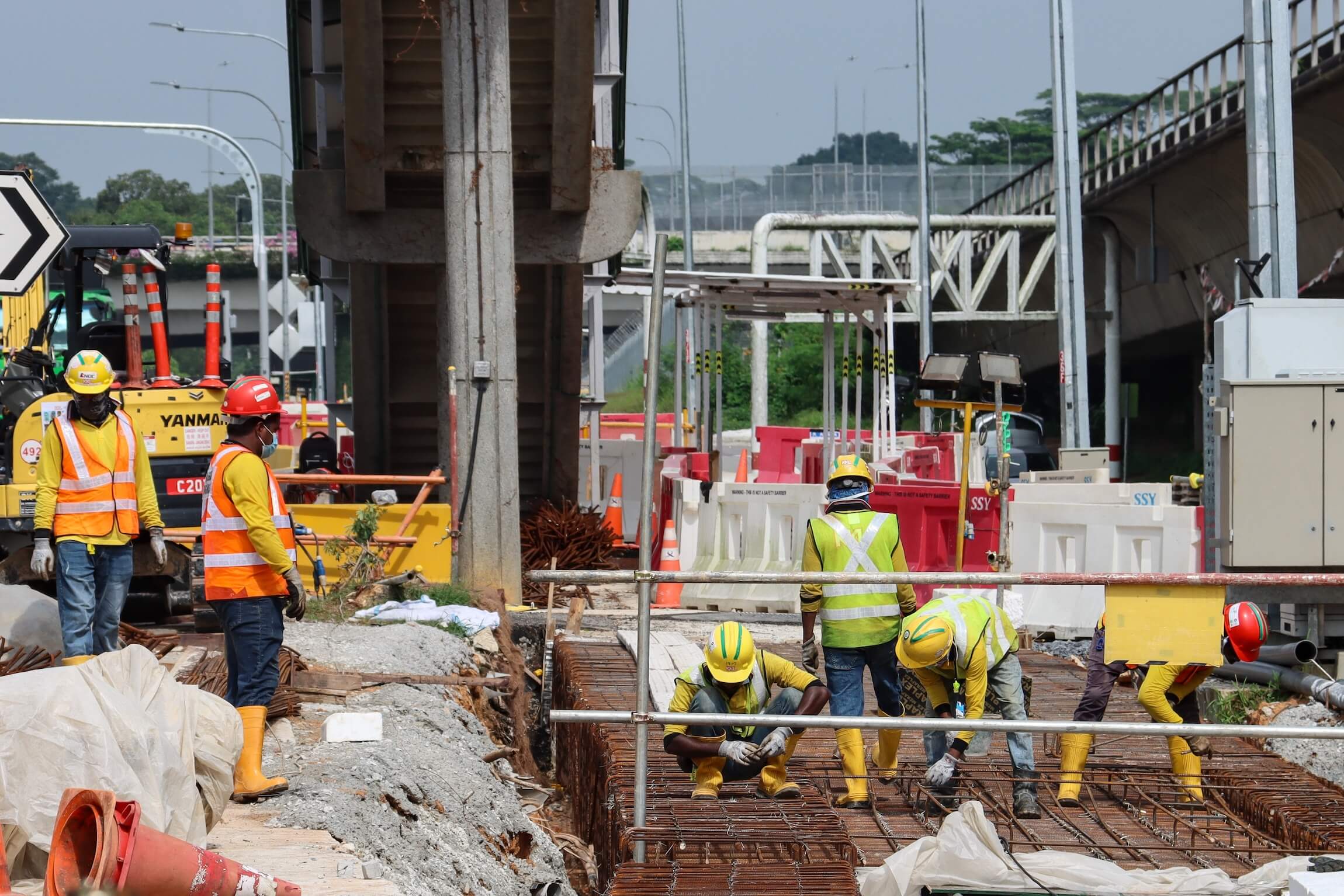
28 Jun 2023
Labour and Future of Work
Portability of Social Security Benefits for Migrant Workers in ASEAN
The ASEAN region’s population of 634 million accounts for 8.85 per cent of the world’s total. It is also the source of millions of migrant workers, who seek employment in countries within the region and beyond. According to the ASEAN Migration Outlook, which was launched in 2022, the ASEAN region has around nine million working-age international migrants, with the large majority being intra-ASEAN migrants.
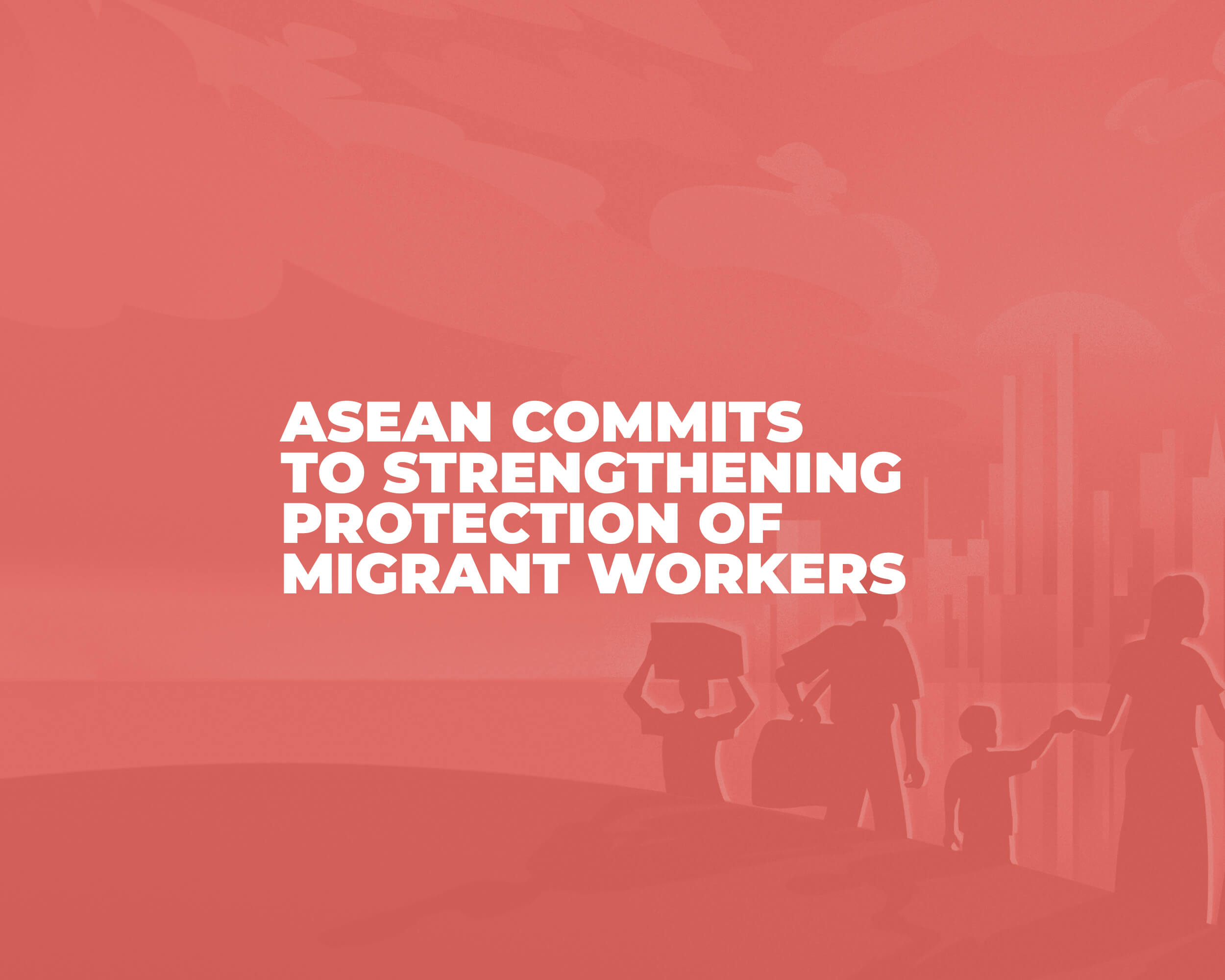
28 Jun 2023
Labour and Future of Work
ASEAN Commits to Strengthening Protection of Migrant Workers
Migrant workers are an integral part of the ASEAN Community, contributing to the economic and social development of both their countries of origin and destination. However, they also face many challenges and risks, such as exploitation, discrimination, and lack of access to social protection. To address these issues, ASEAN has placed the well-being of migrant workers high on its policy agenda.
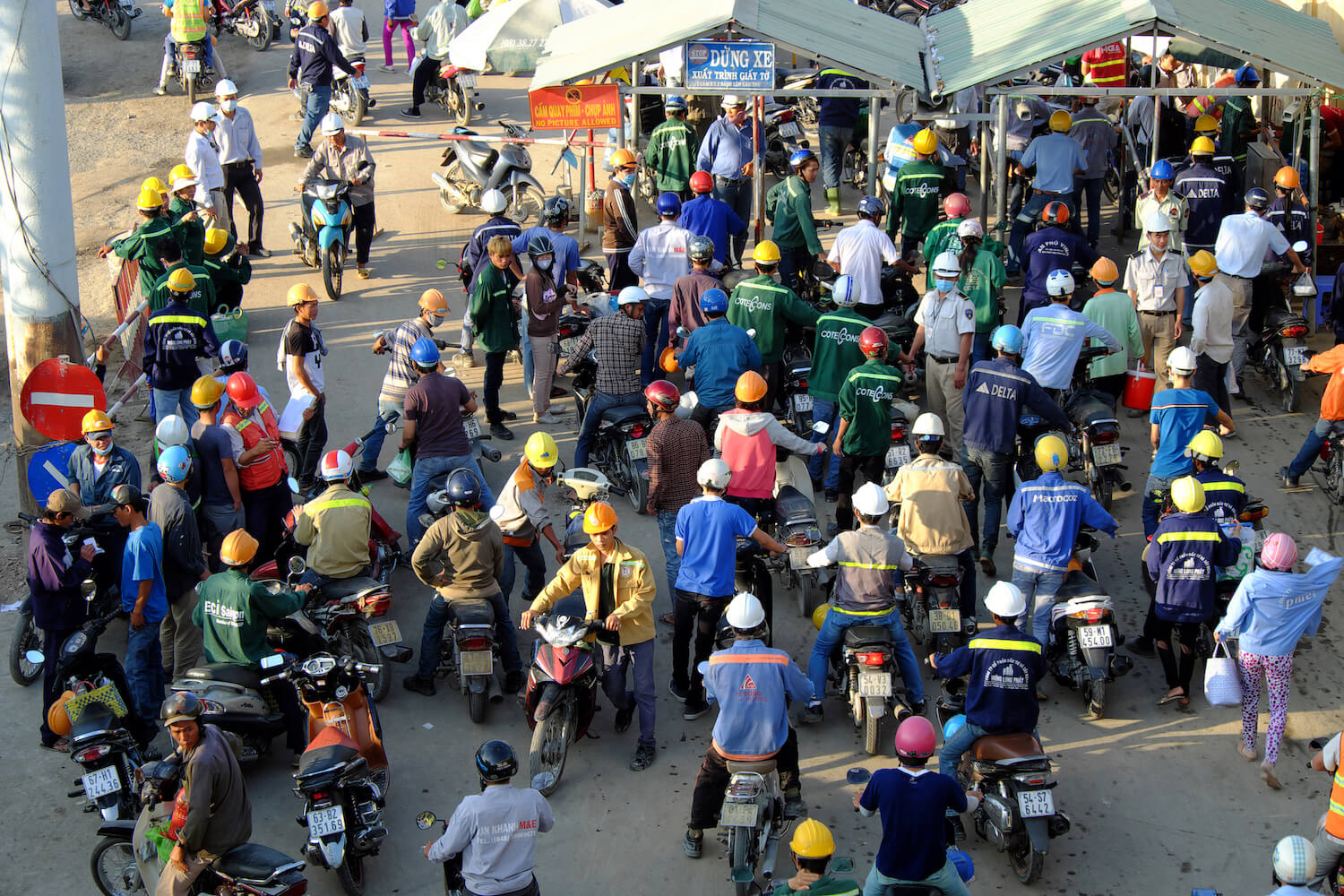
28 Jun 2023
Labour and Future of Work
Reintegrating Migrant Workers into Local Job Markets
As the fifth-largest economy globally, ASEAN is both the origin and destination of 6.5 million intraregional migrant workers (UNDESA, 2019). After spending time working overseas, at the end of their contracts, migrant workers are expected to return to their home countries with a wealth of income, language fluency, enhanced skills, and technologically savvy. In theory, they contribute to society in the form of the remittances they send back, lowering the rate of unemployment and boosting producti
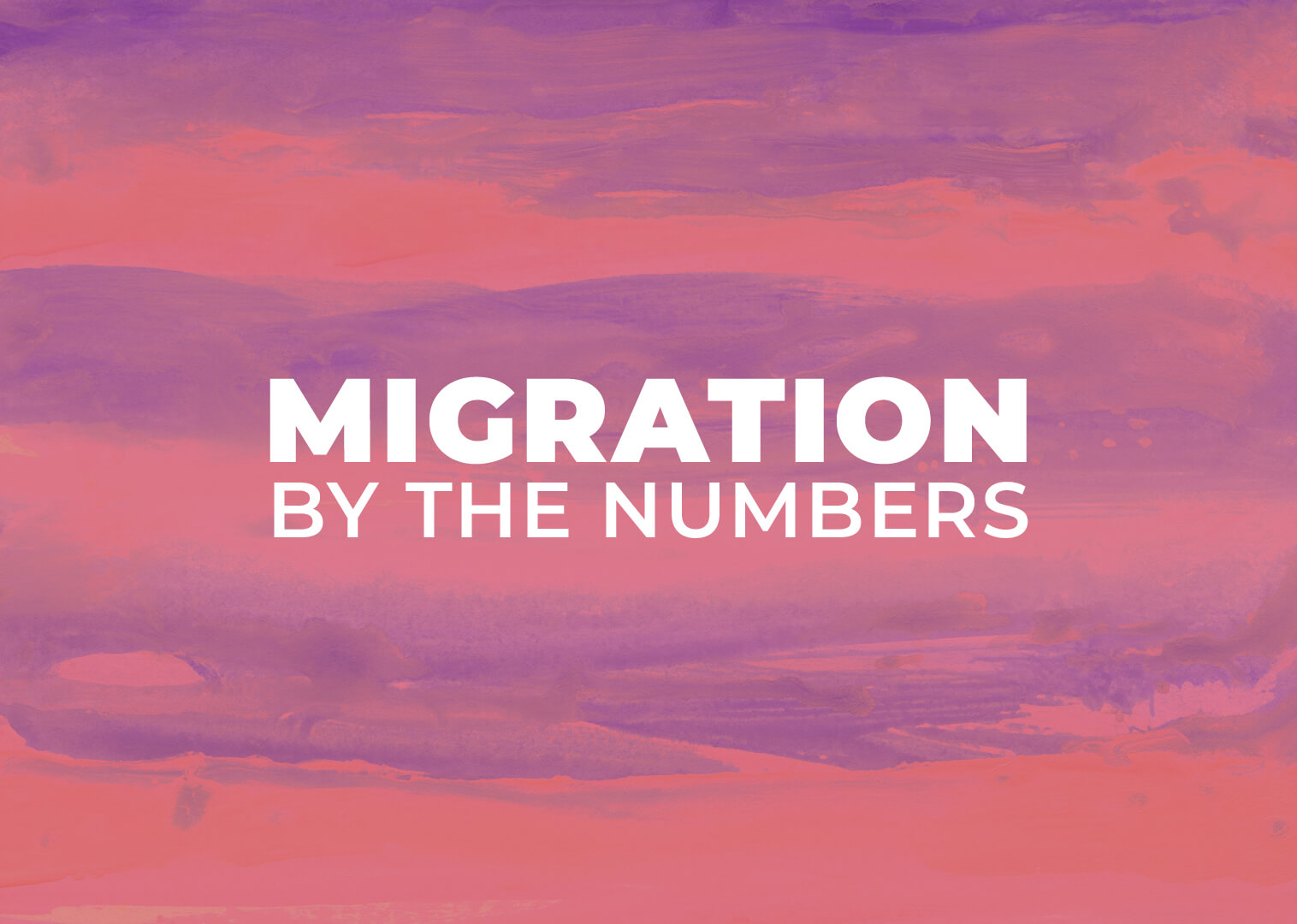
28 Jun 2023
Labour and Future of Work
Migration by the Numbers
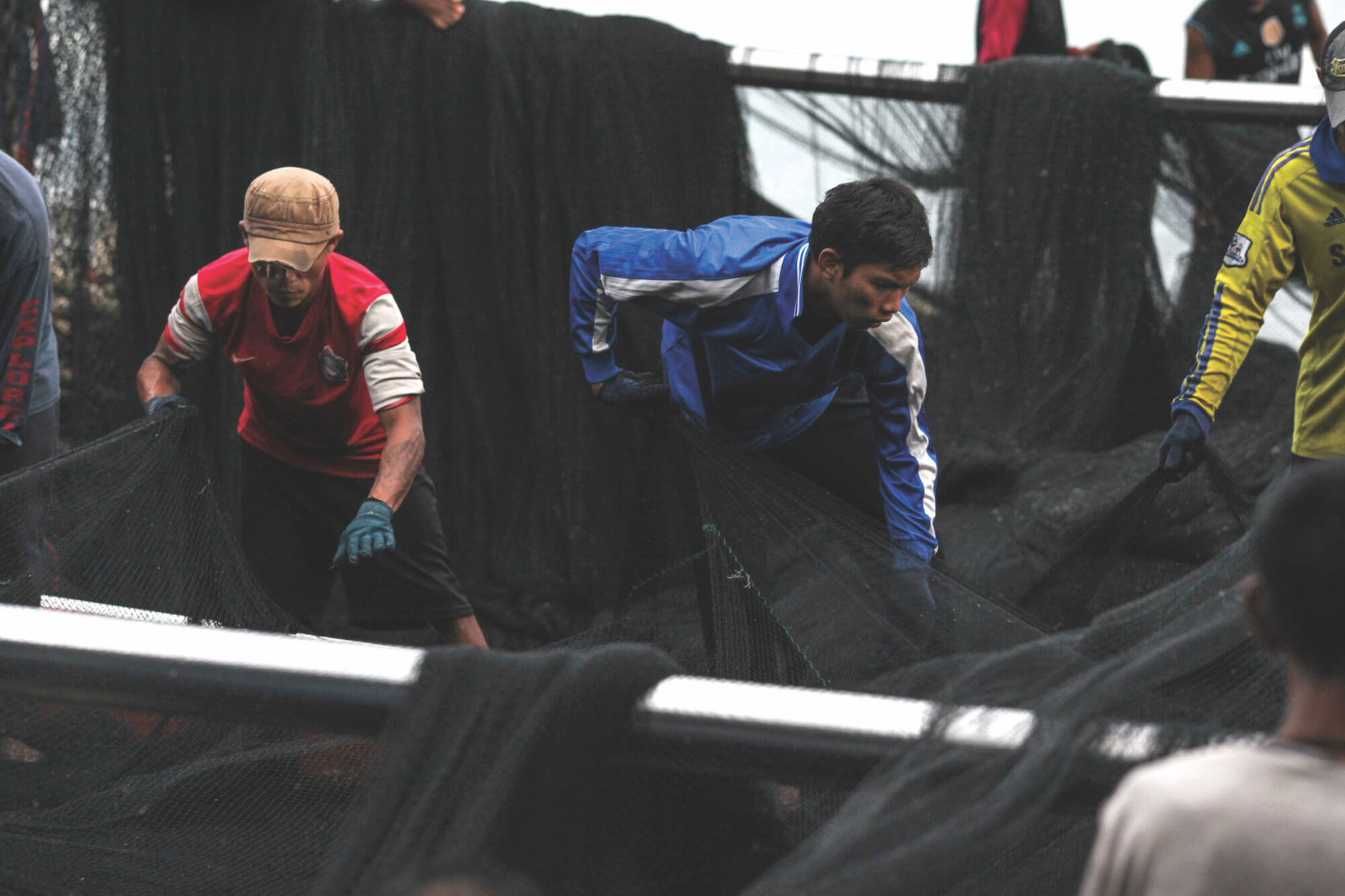
28 Jun 2023
Labour and Future of Work
Advancing Labour Rights for Migrant Fishing and Seafood Processing Sector Workers in ASEAN
With its long coastlines and fertile seas, ASEAN Member States are some of the world’s top producers and exporters of fish and seafood products. In 2020, Indonesia, Viet Nam, the Philippines, Thailand, Malaysia, and Myanmar were all among the top 25 countries for marine capture fisheries. The Asian region is home to nearly 80 per cent of the world’s fishers, employing over 30 million women and men for work on fishing vessels and millions more in the broader seafood supply chain.

28 Jun 2023
Labour and Future of Work
Upholding Child Migrants’ Rights
Migration is inevitable in today’s world. People migrate for different reasons, perhaps to seek better life opportunities, or to find refuge or a safer place to live. Sometimes, migration is a matter of choice, but at other times, it is a necessity.
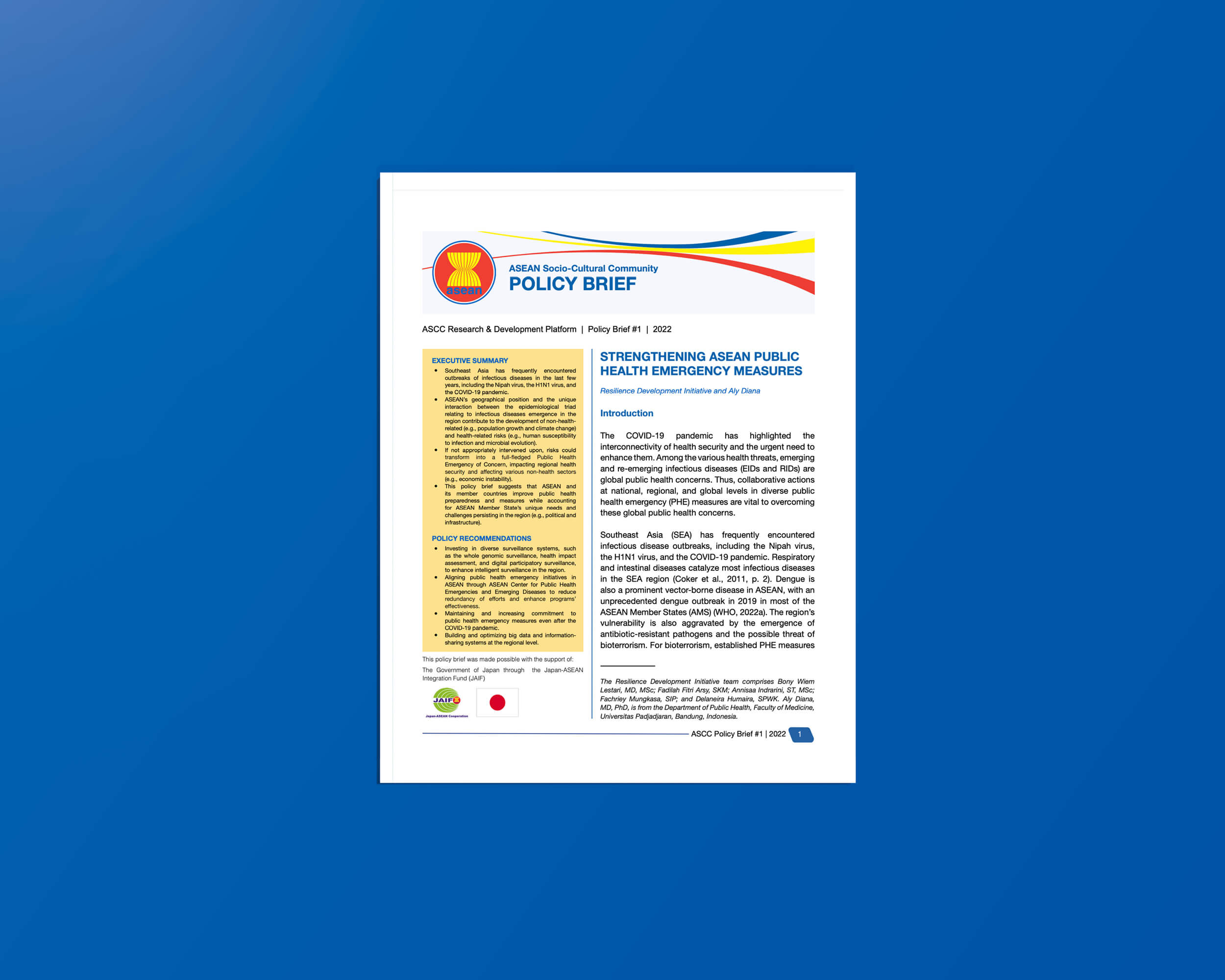
28 Jun 2023
Health and COVID-19
ASEAN Socio-Cultural Community Policy Brief #1: Strengthening ASEAN Public Health Emergency Measures by Resilience Development Initiative and Aly Diana
This policy brief discusses the challenges in strengthening ASEAN’s public health emergency measures. It highlights the need to invest in diverse surveillance and preparedness systems; align efforts to efficiently use available resources; strengthen capacities of infrastructure—such as vaccine manufacturers and laboratories—and of health workers through training and scholarships and improved healthcare and social protection; and enhance digital transformation in health.

28 Jun 2023
Gender
ASEAN Maritime Transport Working Group Celebrates Women in Maritime
The second International Day for Women in Maritime was celebrated early at the 44th ASEAN Maritime Transport Working Group Meeting (MTWG) in Da Nang, Viet Nam. The meeting, held on 9-11 May 2023, discussed strategic plans to enhance regional maritime cooperation and catalyse maritime decarbonisation in the ASEAN region. During the meeting, there were also presentations and discussions on measures to improve the diversity and competencies of the workforce in the maritime transport sector.

28 Jun 2023
Gender
Why Promoting a Circular Economy Needs a Gender Perspective
ASEAN’s pioneering efforts in pursuing a circular economy in the region can be a game-changer. A circular economy purports a fundamental shift away from the “take, make, waste” linear economy towards an economic model that promotes the efficient use of materials by design, prolonging the value of resources and regeneration.

28 Jun 2023
Culture, Youth
ASEAN Artists Residency Programme 2023 | Image on Blue: Srun Rida’s Artwork Calls for Environmental Action
The ASEAN Artists Residency Programme (AARP) is a platform for young ASEAN artists to showcase their talents. For its fifth rendition, 31-year-old Cambodian Srun Rida was chosen as the artist for the month-long-residency programme, from 23rd May to 20th June 2023.
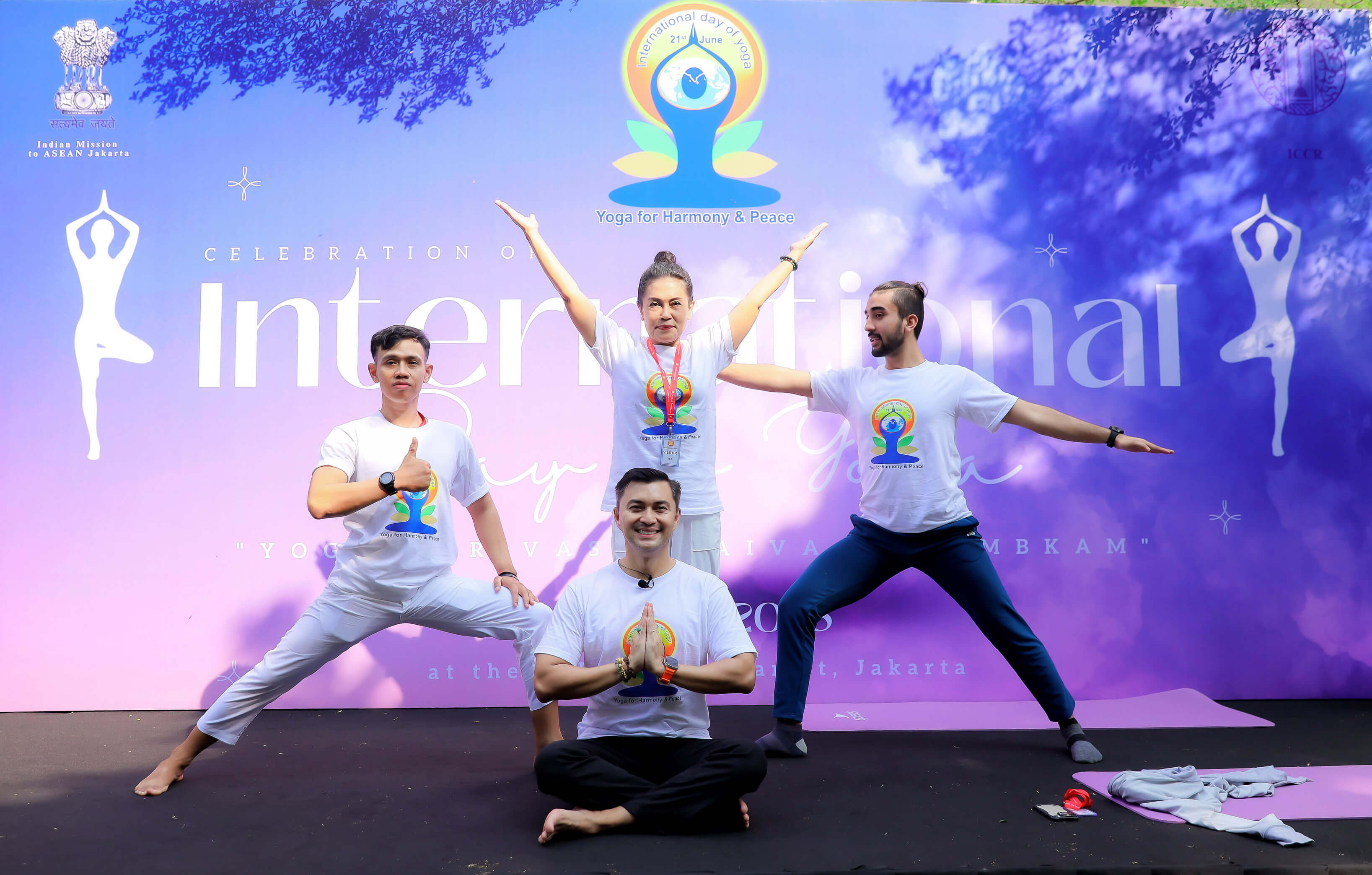
28 Jun 2023
Culture, Sports
International Day of Yoga at the ASEAN Secretariat
International Day of Yoga has been celebrated on 21 June since 2015. It is observed globally to promote Yoga as a way to find physical, mental, and spiritual harmony in our fast-paced modern existence.
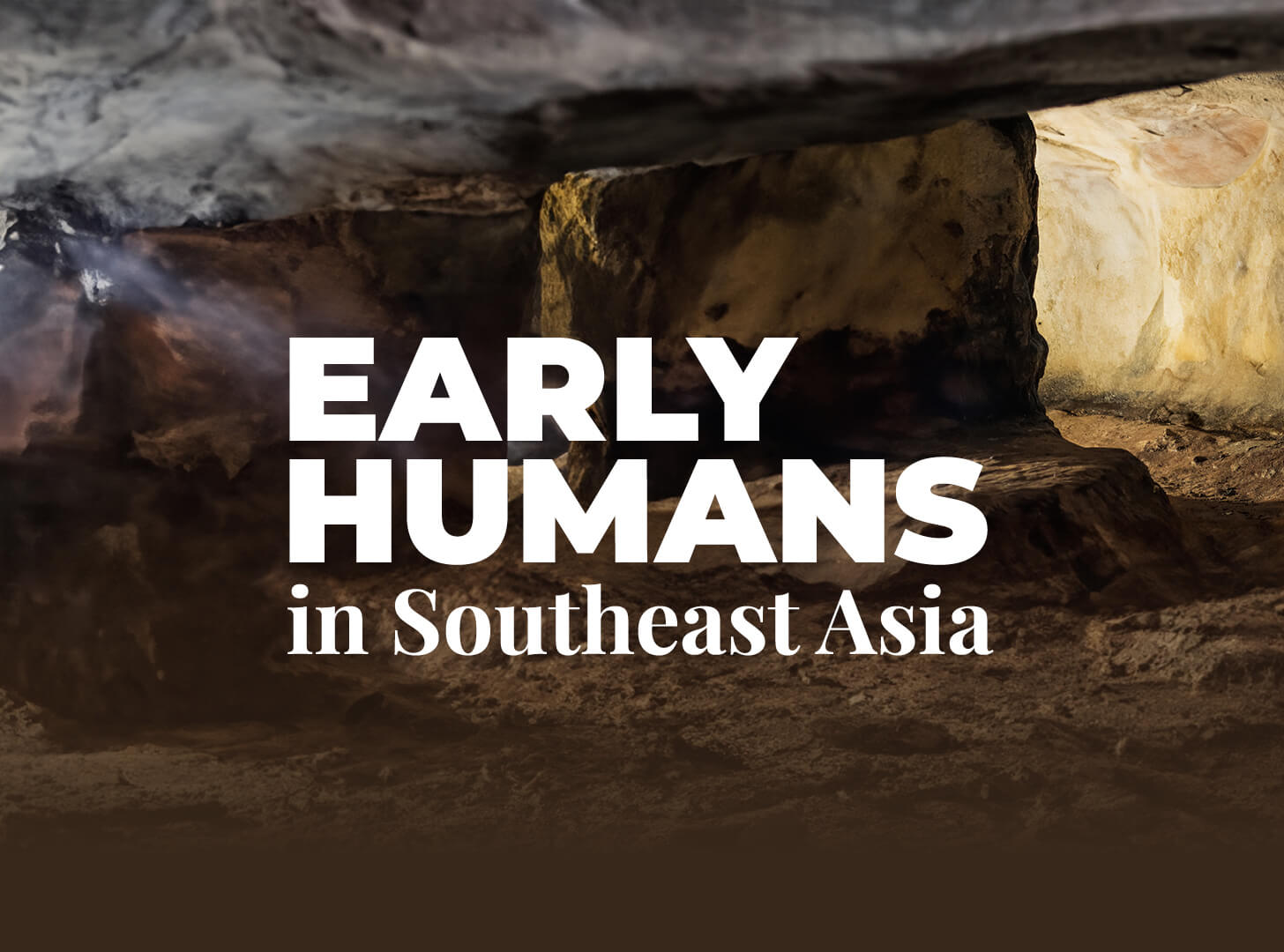
28 Jun 2023
Education
Early Humans in Southeast Asia
Fossil discoveries in Indonesia, the Philippines, and just recently, the Lao PDR are altering our understanding of human evolutionary history. They suggest that diverse groups of ancient or primitive hominins reached and inhabited Southeast Asia much earlier than thought and coexisted with modern humans before they went extinct. It raises questions about the origins, migrations, and interactions between these groups.
Interviews
Conversations
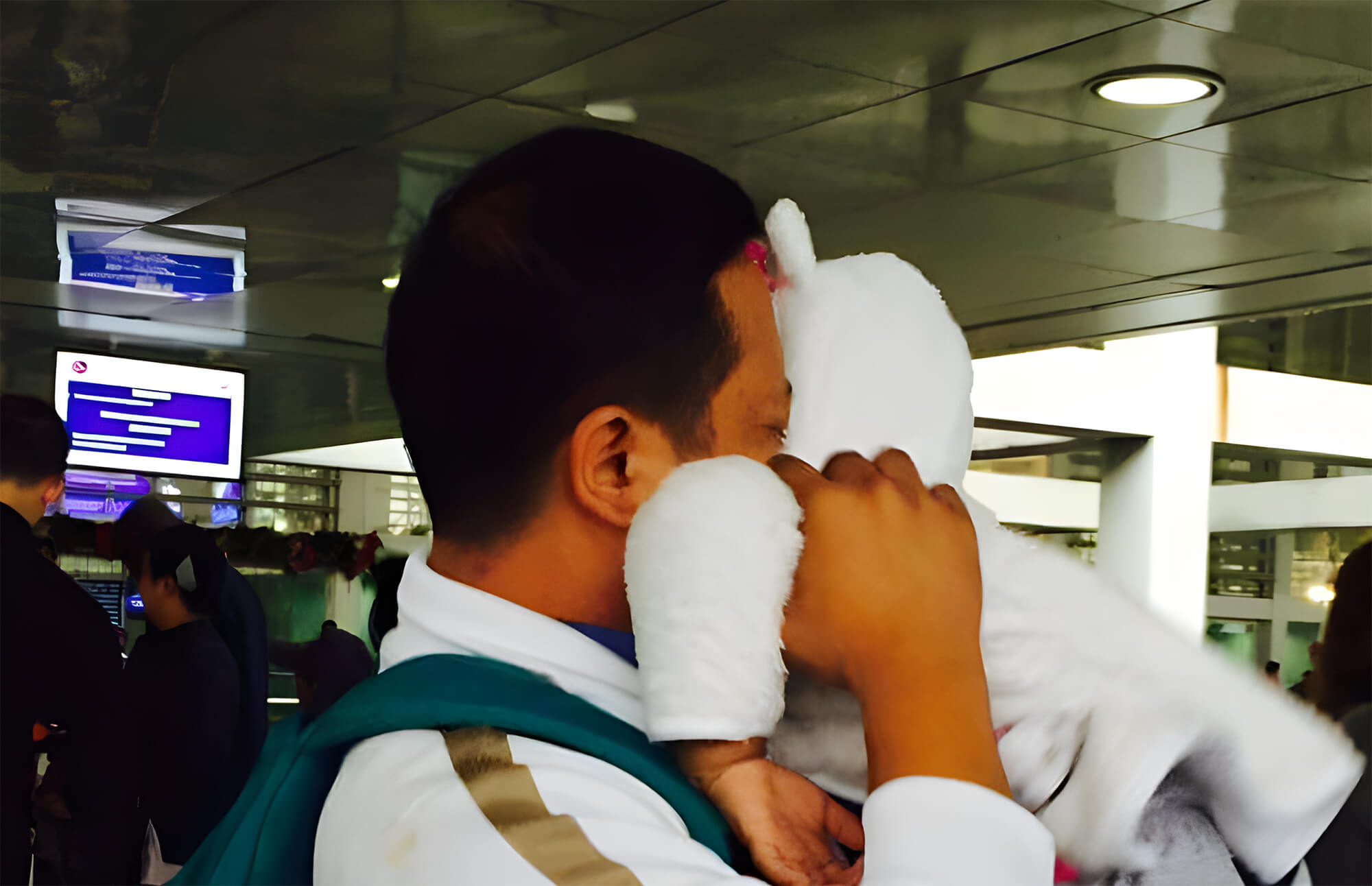
28 Jun 2023
Labour and Future of Work
One Dream, Separate Lives: How Migrant Families Cope
In the Philippines, there are almost 1.8 million registered migrant workers, more commonly called OFWs or Overseas Filipino Workers. The country is one of the world’s largest sources of migrant labour. At its international airports, scenes of tearful goodbyes are often seen—children crying out for their fathers or mothers, parents seeing off their adult children—as loved ones leave for jobs overseas. It may be years until they get reunited. For many, the separation is a difficult choice but a pr
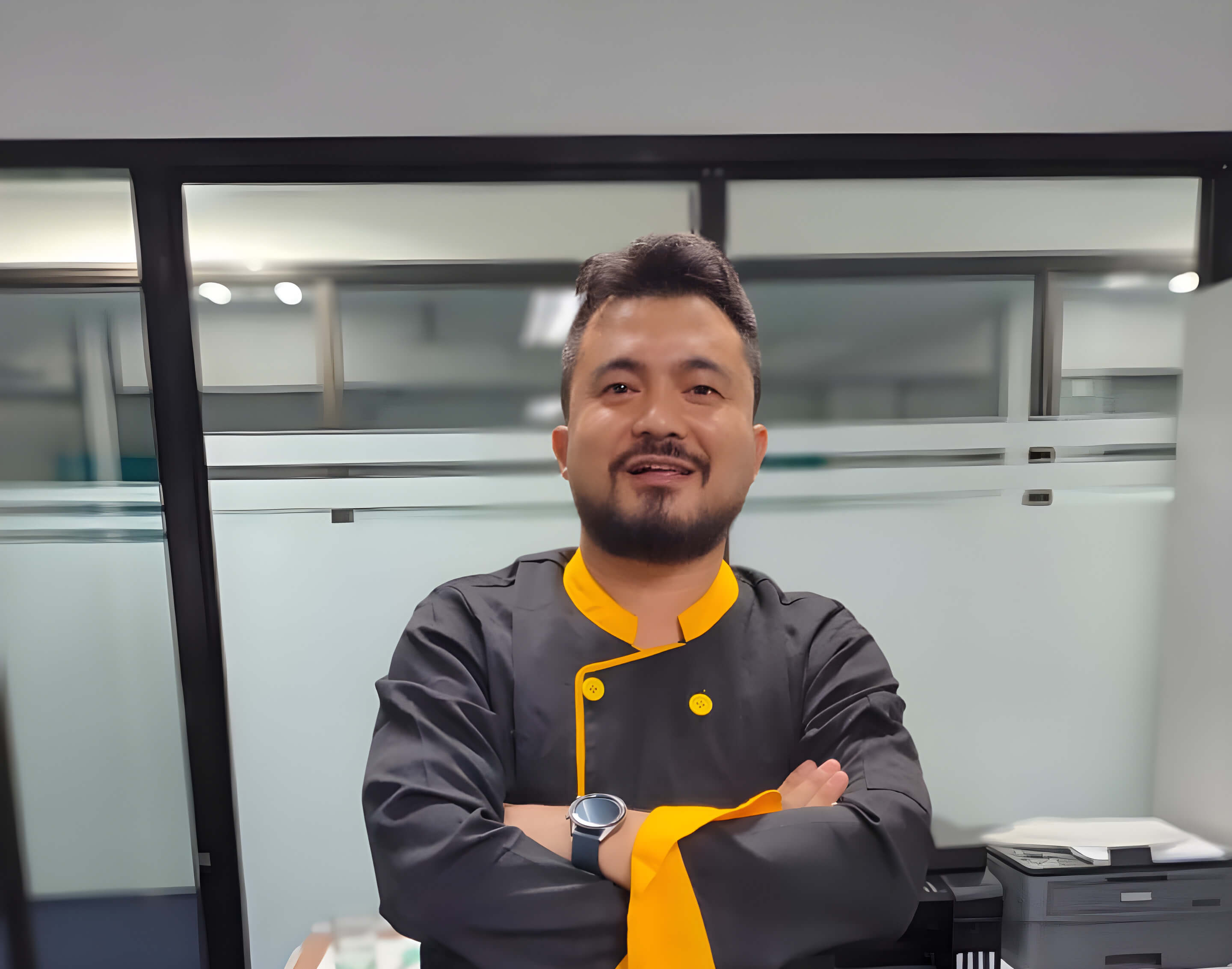
28 Jun 2023
Labour and Future of Work
From Migrant Worker to Entrepreneur: A Success Story
Richard Regaspi was a migrant worker in the United Arab Emirates for 13 years before the COVID-19 pandemic hastened his return to the Philippines. It was a tough transition, but the move back allowed Richard and his wife to grow their young business and start a new one.

28 Jun 2023
Labour and Future of Work
Defending Migrant Workers’ Rights
Forty-nine-year-old Sumitha Shaanthinni Kishna always knew she wanted to become a lawyer. With a natural flair for expressing her thoughts, growing up, she was never afraid to assert her critical thinking.

28 Jun 2023
Health and COVID-19, Labour and Future of Work
No Way Home: Life in a Pandemic
Warni Ibrahim vividly recalls the tumultuous period of the COVID-19 pandemic. For the past decade, 39-year-old Warni has worked as a migrant domestic worker. She first worked as a nanny before transitioning to her current role as a live-in caregiver for an older person at the request of her new employer.

28 Jun 2023
Labour and Future of Work
Not Just a Place of Work: Migrant workers form lifelong bonds away from home
There are about 260,000 migrant domestic workers in Singapore, many of them are from neighbouring countries like the Philippines and Indonesia. Finding heartwarming stories about employers and workers in a sea of migrant workers may seem like digging for precious gems. However, in today’s digital age, the power of social media has made it easier to discover such stories.

